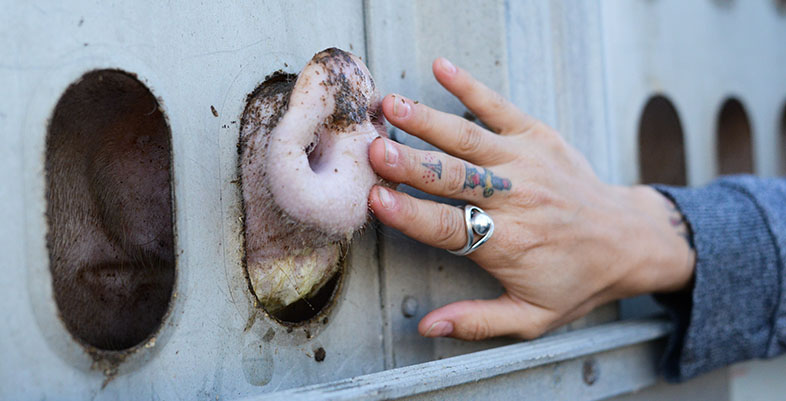2.2 Collateral social harm
In the previous section you saw statistics relating to the massive scale of killing involved by fishing and aquaculture. However, these figures are not comprehensive, as they exclude ‘accidental’ deaths, commonly referred to as ‘bycatch’ (Inoue, 2017). Note that ‘accidental’ is in quotation marks, to indicate that the routine operation of commercial fishing inevitably kills non-target creatures. You may recall that this is a defining feature of legal social harms; they are the outcome of routine practices that are ‘business as usual’, and not exceptional, unforeseeable incidents. To illustrate the scale of ‘bycatch’, Lisa Kemmerer and Bethany Dopp (2015, p. 164) report a 1997 UNFAO estimate that, ‘85 percent of any shrimp haul is bycatch’, the latter including sea turtles, seals and whales. Kemmerer and Dopp (2015) argue that bycatch has driven some non-target aquatic species close to extinction, and common fishing methods, such as the use of longlines (lines with baited hooks, up to 60 miles long) kill around 300,000 sea birds annually.
